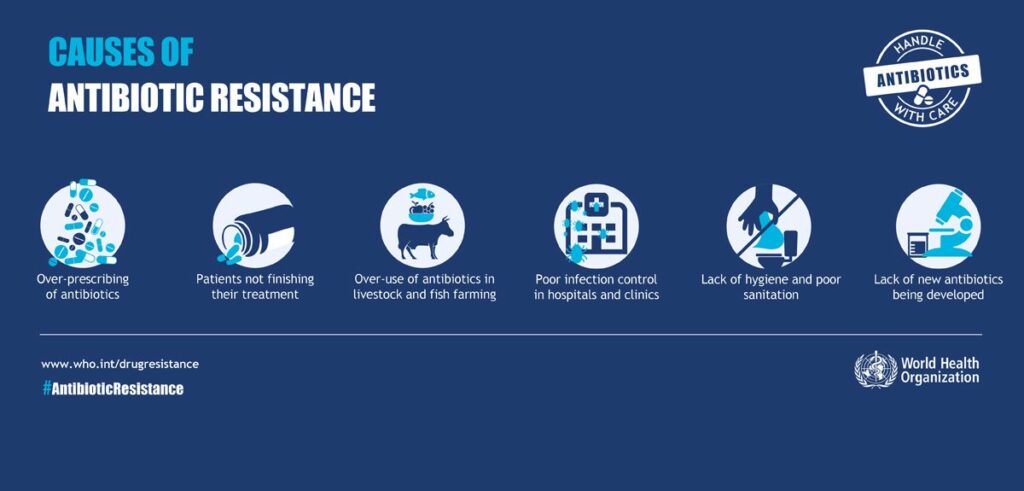Text analysis: Horizontal transferes

To make female pill bugs, just add bacterial genes
Bits of Wolbachia DNA infiltrate an arthropod’s genetic makeup and change sex determination
Various kinds of Wolbachia infect many arthropods, spreading from mother to offspring and often biasing their hosts’ sex ratios toward females (and thus creating even more female offspring). In the common pill bug (Armadillidium vulgare), Wolbachia can favor female development in two ways. Just by bacterial infection without any gene transfer, bacteria passed down to eggs can make genetic males develop into functional females. Generations of Wolbachia infections determining sex let these pill bugs’ now-obsolete female-making genes degenerate. Which makes it very strange that certain populations of pill bugs with no current Wolbachia infection still produce abundant females. That’s where Cordaux and Poitier colleague Clément Gilbert have demonstrated a second way that Wolbachia makes lady pill bugs — by donating DNA directly to the pill bug genes.
The researchers, who share an interest in sex determination, have built a case that Wolbachia inserted feminizing genes into pill bug chromosomes. The bacterial genes thus created a new sex chromosome.
“Incredible,” said Steve Perlman after hearing the talk, not in disbelief but in wonder at the biology. Perlman, of the University of Victoria in Canada, studies symbiosis and parasitism and says this new example of far-flung gene transfer is part of “a big thing in the field now.” Such transfers provide exotic genetic variation that fuels evolutionary processes. Audience members Ellen Martinson and Vincent Martinson, both of the University of Rochester in New York, were themselves coauthors of a 2016 paper describing microsporidian fungus DNA that has become a venom gene in some wasps.
Consulté le 15/12/2022
By using horizontal transfers, bacteria learn how to resist to antibiotics. In 2019, more than 1,2 million people died from infections caused by antimicrobial resistant bacteria and it is becoming a silent pandemic, bigger than AIDS or Malaria !

https://www.ox.ac.uk/news/2015-11-18-seeking-right-prescription-fight-against-antibiotic-resistance


